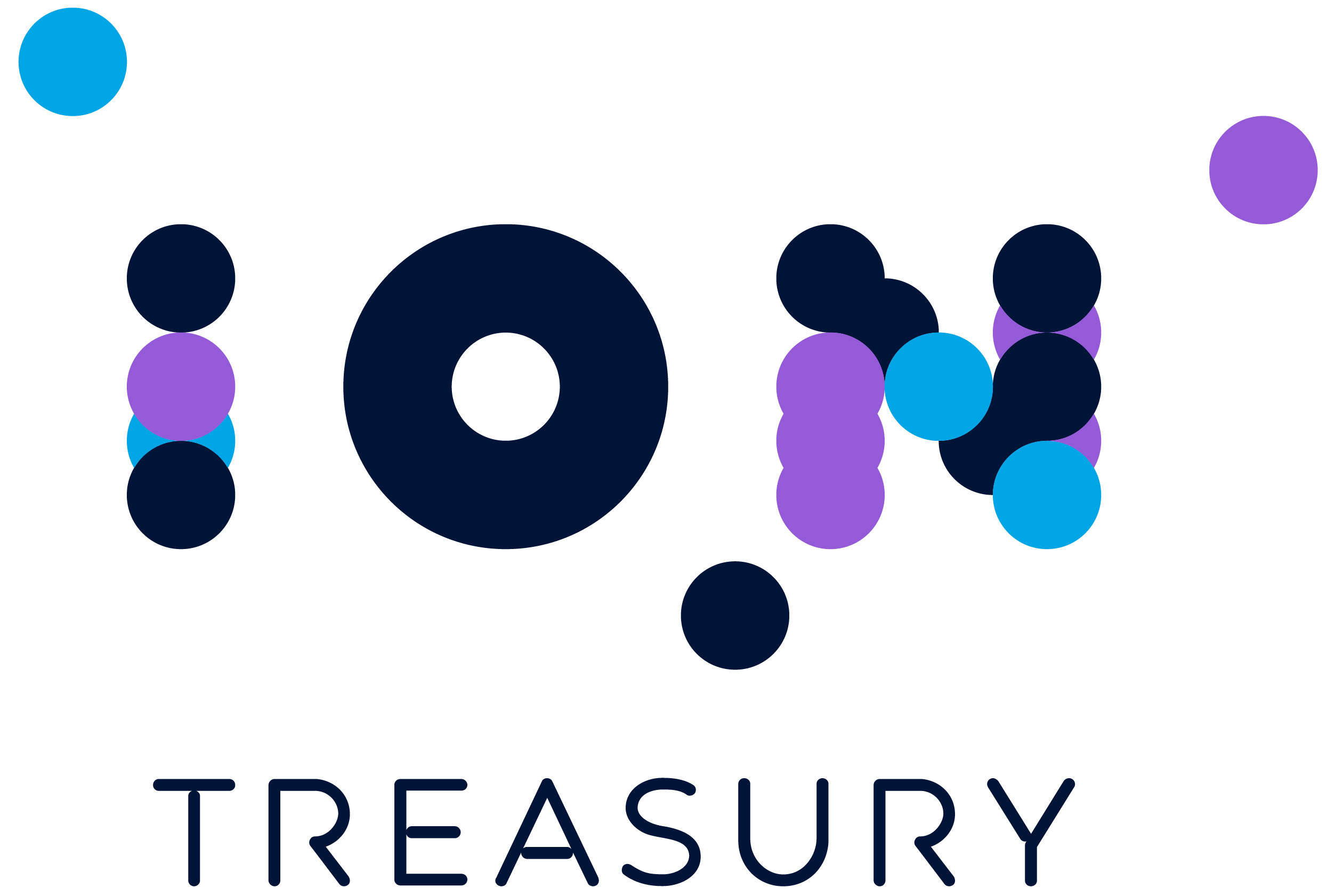Augmenting cash flow forecasting with machine learning
Cash forecasting is a challenging discipline. Depending on the organization, processes, and tools, it takes days, weeks, or even months to put together the cash forecast. In times of uncertainty, speed matters more than ever. Companies need to be able to answer the following questions at any time:
- Do we have sufficient liquidity?
- Where is our cash and is it readily available?
- What are our sources of liquidity?
- What options exist to preserve our liquidity?
To answer these questions, treasury teams look at their cash position and cash forecasts, which give visibility across banks, accounts, and currencies, and the ability to forecast accurately and understand where funds are going. The cash position shows where your cash is and captures your actions for the day to help you accurately determine whether you need to invest or borrow. The cash forecast is a schedule of known payments, forecasted payments, and receipts. It helps organizations plan their liquidity out a week, month, quarter, or year.
Innovative treasury systems use machine learning to simplify the cash forecasting process and reduce the time needed to produce a forecast. Using machine learning techniques, treasury teams can derive monetary gains, better prepare and plan, and validate data. Also, with these tools, they can be relieved from performing mundane, tedious tasks, allowing them to be a more strategic player and operate in new and more effective ways. Here is how machine learning can improve cash forecasting:
- Reduces the time taken to produce forecasts: With machine learning techniques, cash forecasts can be generated 3,000 times faster than manually.
- Removes human biases and improves forecasting accuracy: Machine learning techniques such as neural networks can make cash forecasts by 10% more accurate.
- Realize monetary gains from more predictable cash requirements: For example, increasing the cash forecast accuracy by 10% on a 75 million USD average cash balance that’s invested at 2%, leads to a 150,000 USD gain per year.
This blog discusses the areas where machine learning can enrich cash flow forecasting, leading to improved forecasts, enhanced liquidity management, and significant cost savings in a higher-interest environment.
Note: a key takeaway here is that machine learning isn’t designed to replace a treasury team’s role in forecasting, but rather to enhance the work they already do. The goal is to provide alternative insights that might not otherwise have been available based on either dataset size or time constraints. These outputs can then be finessed by a treasury team’s own expertise where an algorithm cannot compete.
Enhanced forecast accuracy
Machine learning algorithms can quickly analyze vast amounts of complex historical cash flow data, identifying hidden patterns and trends that may not be evident to human analysts. By leveraging this technology, treasury teams can improve the accuracy of their cash flow forecasts.
With machine learning, forecasts are not solely reliant on historical averages or simple linear models. Instead, algorithms can capture complex relationships and nonlinear trends, considering various factors such as sales cycles, customer payment patterns, economic indicators, and seasonality. This comprehensive analysis can result in more precise predictions, reducing the likelihood of cash flow shortfalls or overestimations, especially when this analysis is overlaid a treasury team’s own expertise.
By improving forecast accuracy, organizations can make better-informed decisions regarding their cash management strategies. They can optimize the timing of cash inflows and outflows, adjust investment or borrowing decisions, and effectively allocate resources, ultimately enhancing liquidity management and reducing the risk of costly liquidity shortfalls.
Dynamic adaptability to market changes
A higher-interest environment can have a significant impact on borrowing costs and investment returns. Given the length of the previous low-interest cycle, this brave new world presents different challenges to those experienced over the past 10-15 years. Machine learning-powered cash flow forecasting models offer the advantage of real-time adaptability to these market changes.
Traditional forecasting models often struggle to incorporate rapidly changing market conditions. However, machine learning algorithms can quickly adapt to new data, enabling treasury teams to respond to interest rate fluctuations promptly. By capturing and processing up-to-date information, these models provide accurate insights into future cash flows, helping organizations make agile decisions regarding financing strategies, debt repayment schedules, and investment allocations.
Scenario analysis and risk mitigation
Machine learning-based cash flow forecasting enables treasury teams to easily conduct more extensive scenario analysis, simulating various financial situations and their potential impact on cash flows. By exploring different scenarios, organizations can proactively identify risks, assess their potential consequences, and develop strategies to mitigate them.
For instance, treasury teams can simulate the impact of different interest rate scenarios on borrowing costs, enabling them to evaluate the feasibility of refinancing existing debt or securing new funding at more favorable rates. Additionally, machine learning algorithms can factor in macroeconomic variables and market trends to assess the potential impact on cash flow, helping organizations navigate economic uncertainties and adjust their financial strategies accordingly.
Cost savings through optimal decision making
Accurate cash flow forecasting facilitated by machine learning empowers treasury teams to make optimal decisions, leading to significant cost savings when interest rates are higher. Here are a few examples:
- Borrowing: With more precise forecasts, organizations can optimize their borrowing strategies. By identifying periods of surplus cash, treasury teams can reduce short-term borrowing requirements, minimizing interest expenses and associated transaction costs.
- Investing: Machine learning-powered forecasting models allow treasury teams to identify periods of excess cash that can be invested strategically. By optimizing investment decisions, organizations can earn higher returns on their idle cash, offsetting borrowing costs and generating additional income.
- Debt repayment: Accurate cash flow forecasting enables organizations to plan debt repayment schedules more effectively. By aligning repayment periods with surplus cash periods, organizations can reduce the overall interest burden and potentially negotiate more favorable terms with lenders.
Conclusion
With interest rates having risen quickly over the last 12 months, accurate cash flow forecasting is more critical than ever for effective liquidity management and cost control. Machine learning offers a powerful tool to augment the work that a treasury team already does. It offers the ability to enhance forecast accuracy, adapt quickly to market changes, conduct in-depth scenario analysis, and improve decision-making at speed, adapting to dynamic market changes as it goes.
By leveraging machine learning algorithms, organizations can achieve more precise predictions, proactively manage risks, and make optimal financial decisions, ultimately leading to enhanced liquidity management and significant cost savings. This makes it an exciting option to consider adding to any forecasting process, offering the ability to approach this work in a different way to increase confidence and maximize financial performance.




